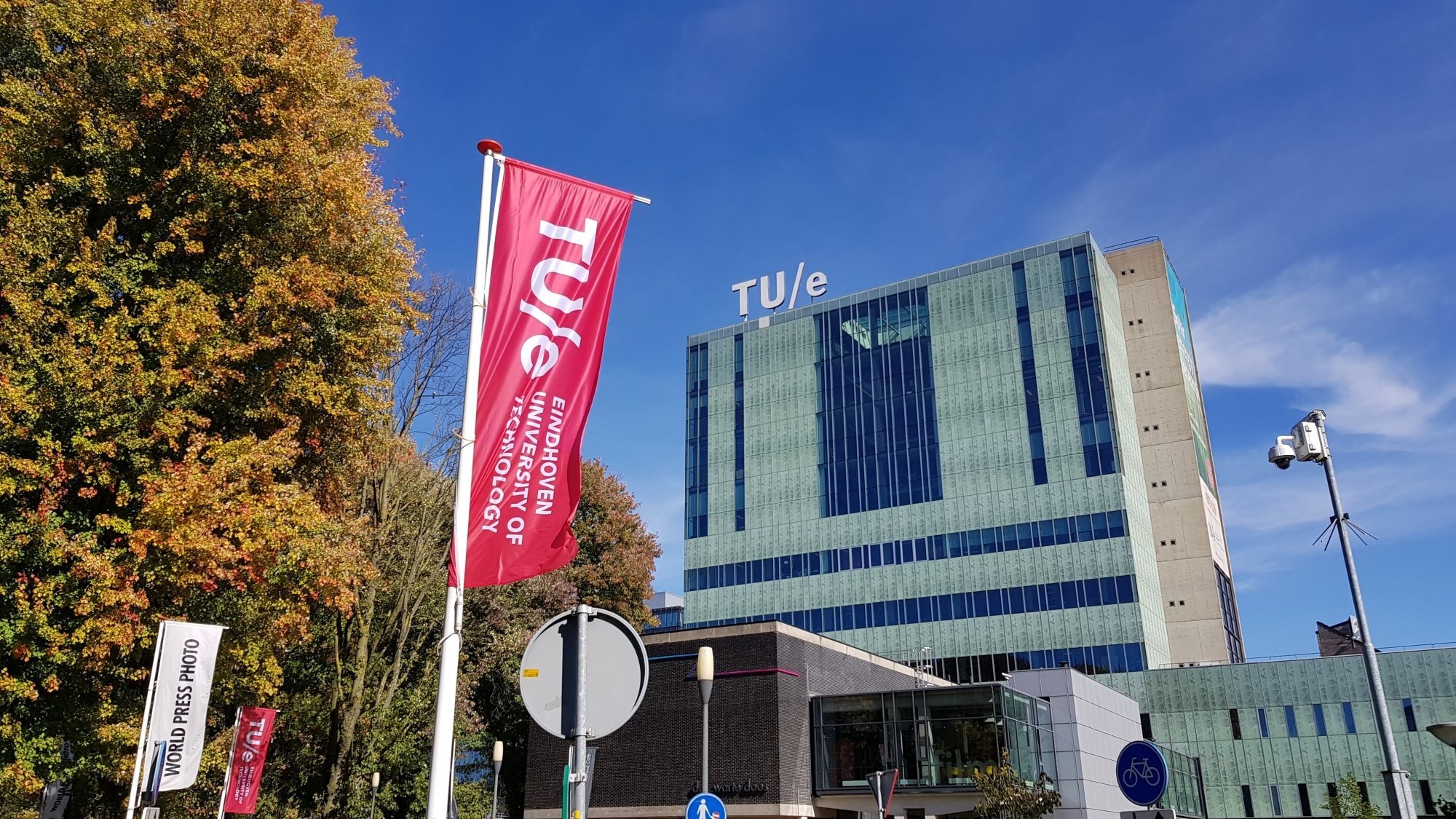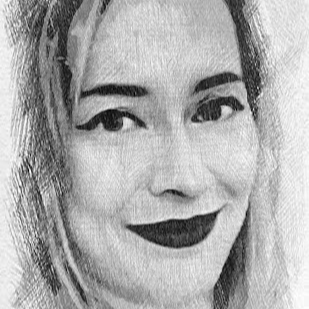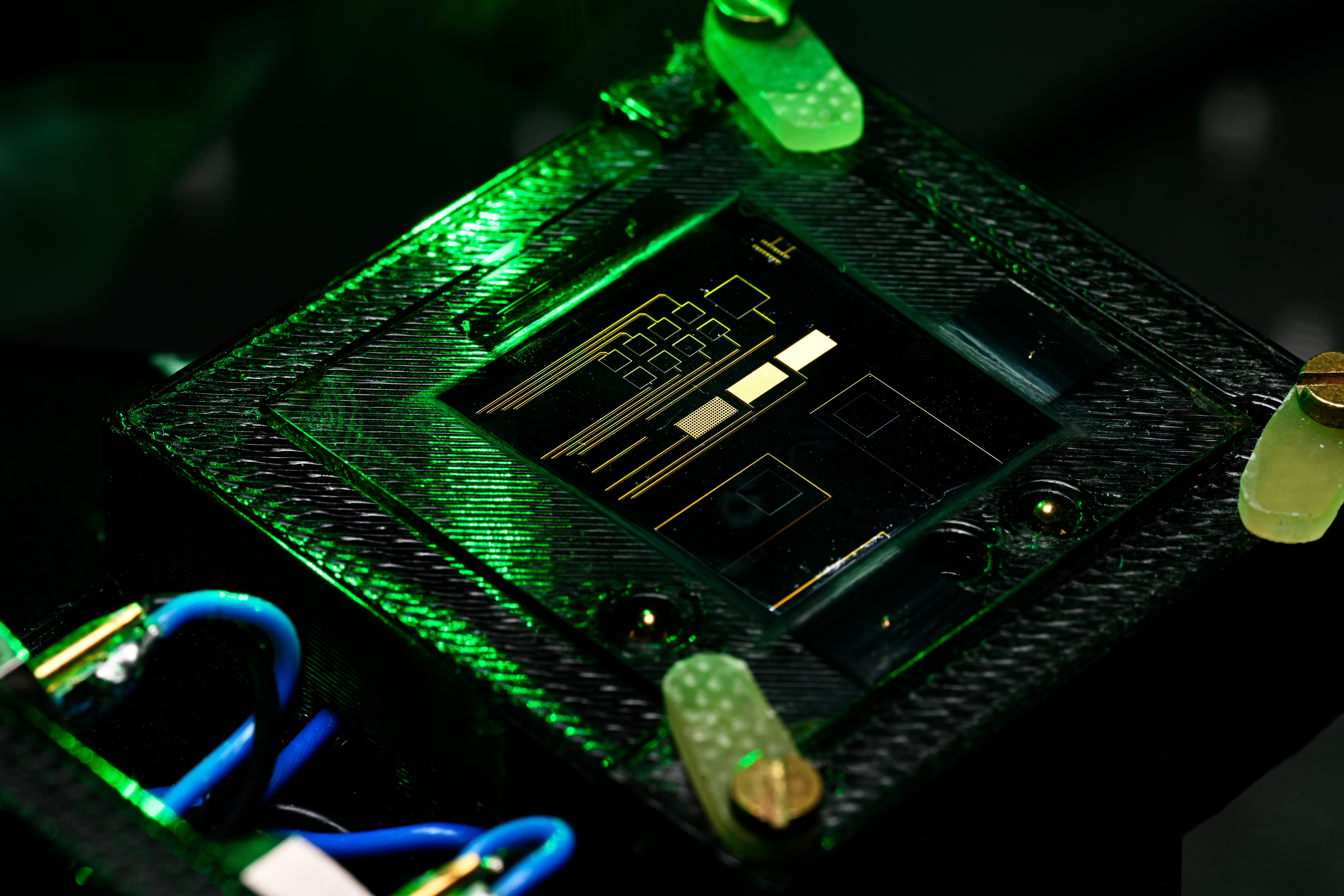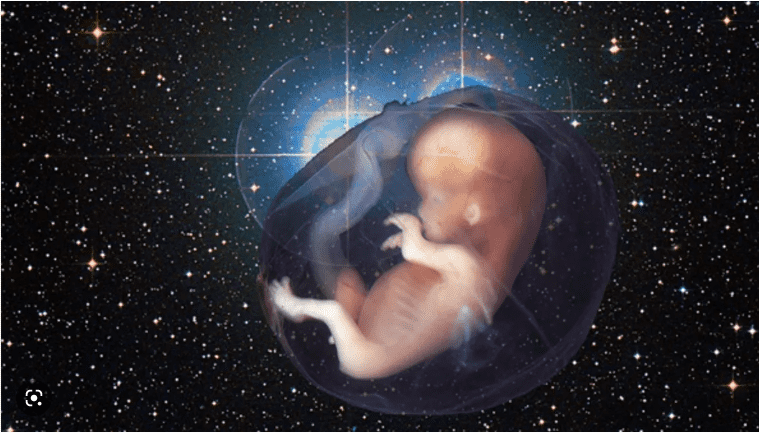
Young chemistry companies take part in the Gouden KIEM competition organized by the research organization NWO and Holland Chemistry. The winner will receive 25.000 euro prize money. This year all three finalists of the competition come from Eindhoven University of Technology. The start-ups that have been selected to pitch their plans in front of the Gouden KIEM jury are Sponsh, Vertoro and Lusoco.
Lusoco is a start-up founded in 2017 by Teun Wagenaar and Jeroen ter Schiphorst that works on the development of printed surfaces that harvest energy during the day and emit light at night. Henry Sprenkels, Business Development Director of Lusoco explains how it works: “It is a printing technology that uses specially developed highly fluorescent ink to print on glass or plastic. When printing is done with that ink, the light that falls on the printed surface will be re-emitted in such a way that it will come out on the sides of the glass pane. It can actually be visible: if the design is printed in red, you see red light coming out of the sides of the glass. We place solar cells on the sides of the glass pane to convert the emitted solar light into energy without limiting the traditional use of the window with the printed message on it.”

The founders of Lusoco believe that in the future their technology will contribute to the creation of zero-energy buildings. By 2021 all the new buildings in the Netherlands have to be near zero-energy and by 2050 the entire built environment is supposed to be near zero-energy as well. However, the high-rise buildings with multiple stories cannot fulfil these requirements with the solar panels on the roof only. “The roof has restricted space for solar panels, which may be sufficient to support only one floor of the building,” tells us Henry Sprenkels. “If you have a high-rise building you cannot have enough energy from the solar panels on the roof only. That is why the facade of the building should become energy-generating as well. However, architects don’t want to place traditional roof solar panels on the facades because of their unappealing appearance. Besides, the facade has multiple functions, for example, allowing daylight to enter the building through the transparent windows – you cannot block those with the solar panels. Therefore, a range of technologies allowing an architect to make the facade energy-generating will be required and Lusoco will offer one of those technologies.” The design of the energy-harvesting surfaces is an important aspect of Lusoco’s technology: “We chose inkjet printing because it allows us to focus on the possibility of printing patterns – it gives the architects the artistic freedom that they need,” says Sprenkels.
Lusoco is not the first start-up founded by Teun Wagenaar. His previous company, Peer+, was working on the switchable glass that can instantaneously change from transparent to dark. Later, Peer+ was sold to Merck. “During the Peer+ period Teun was also looking into the possibility of producing energy with glass but decided to focus on switchable glass rather than energy generation,” tells us Henry Sprenkels. “Lusoco is the next step of Teun to pursue his dream of having energy-generating glass – this technology has shown great improvements in its development made by the chemical engineering department of TU/e and by our advisor, dr. Michael Debije during the last 15 years.”
“Currently the amount of energy that can be generated with Lusoco’s technology is still quite low in comparison to the traditional solar panels, but the research indicates that it is possible to improve the efficiency in several years”, says Sprenkels. “In the meantime, we see the opportunities in the signage market and the automotive market based on the possibilities of energy-harvesting surfaces: during the day the pattern on the glass generates electricity and at night we can make the pattern glow. It is a very nice way to light a sign or a logo. It also might be used for the panoramic roof of a car, creating the glowing effect similar to the one that already exists in high-end vehicles like Rolls Royce. With those applications, the amount of energy that our products can generate is less crucial than the amount required for a facade of a zero-energy building (which is, nonetheless, our long-term goal). In the short term, we plan to develop the applications for the signage market and automotive industry to make them stand-alone units without power cables or an external power grid.”
The subsidy received from Metropoolregio Eindhoven allowed start-up Lusoco to make their first pilot. The first sample of the energy-harvesting surface created in TU/e facilities is restricted to A4 size. “With the new grant we would be able to take a step forward and to start the preparations of a sample of 0.5 x 2 metres at a client’s location,” says Henry Sprenkels. “We need the pilot to measure all the things that we cannot simulate in the lab. The pilot will allow us to demonstrate the energy-harvesting surfaces in real life and to measure how much energy can be produced and stored. In addition to this, the pilot will be really important for the generation of interest for Lusoco’s technology in the short term.”







